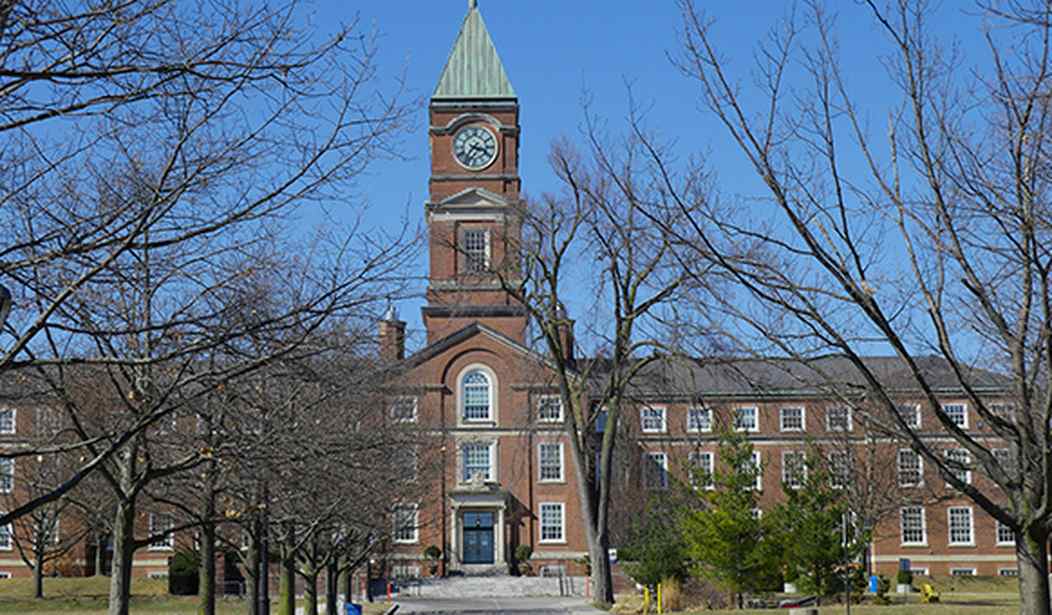Undergraduate enrollment is down 6.5 percent from 2019. But don’t panic—it’s not a bad thing. In fact, it’s an opportunity.
As it turns out, more students are opting to embark on a career right away instead of going into debt to pay for higher education. This may sound the recruitment alarms through the halls of colleges and universities, but it’s an opportunity to take a closer look at something America has known but largely ignored for many years.
College isn’t the only pathway to a successful career.
Four-year degrees are unsurprisingly losing their luster. A recent study from the National Student Clearinghouse Research Center (NSCRC) shows that undergraduate enrollments have yet to rebound after they dropped in the fall of 2020. They’re continuing a downward trend and, if the trend continues, we’ll see the greatest two-year enrollment drop in the last half century.
With the drastic changes to college life over the past two years, it’s not difficult to see why the college experience has lost some of its luster. Americans have long associated a college education with success. But the alma maters are not singing of the crippling student loan debt that accompany their promises of glory—the average total at graduation is $36,900 or about $433 per month, plus interest. In 2020, Americans owed a grand total of $1.7 trillion in student loan debt—102 percent more than a decade ago in 2010. What is sold as a guarantee of stability and success comes at a price tag that many students—and their parents—will either deal with the better part of their adult lives, or never be able to pay off.
We need more than one-size-fits all solutions. But if we’ve learned anything from the pandemic, it’s that necessity is the mother of invention—and innovation. The realization that we could turn our living rooms into break rooms, kitchen tables into study halls, and spare bedrooms into corner offices challenged the idea that a “traditional” 9-to-5 job with a 45-minute commute was the only option.
Recommended
We face a similar awakening when it comes to education: “Traditional” pathways to work via a four-year degree aren't for everyone. Four years of lecture halls and term papers are a good fit for some, but for others who learn differently, prefer to work with their hands, or have different interests, college is merely a one-size-fits all pseudo-solution that lacks creativity and sets too many up for debt and discouragement.
Opportunity lies in alternative pathways to work. Young Americans need to know that there are other options. A heavy stigma has often shrouded pathways into the workforce that don’t involve college. But we can change the narrative by rallying around financial security and fulfilling careers without crippling debt rather than a college mascot.
Expand apprenticeships to move more well-trained workers into lucrative jobs, especially in the skilled trades. Apprenticeships allow individuals to “earn while they learn,” meaning they earn a paycheck while learning employable, high-demand skills in healthcare, manufacturing, construction, or information technology fields. Participants leave these programs with little to no student debt and an encouraging career outlook.
Reduce barriers to work. Nearly one in three workers nationwide needs a permit or license from the government to do their job. This may make sense in certain fields where consumer safety is a concern. But many of the licensing requirements on workers are redundant and disproportionate. States should follow the lead of Iowa and Missouri by recognizing licenses granted by other states, which reduces the redundant, costly licensing requirements professionals must surmount just to make a living.
Protect students’ right to know the costs of four-year degrees versus technical schools and apprenticeships, the true cost of student loan repayment, and what the most in-demand jobs in the state are.
The future isn’t necessarily in a four-year degree. Doug Shapiro, executive director of the nonprofit research center NSCRC, unfortunately laments that young adults are choosing work over college and implies that the success of our future workforce depends on them getting on a college track. But frankly, this isn’t true.
A bright future does not necessarily lie in the foundations of centuries-old academic institutions. Helping young people see the many futures available to them, and then equipping them with skills that are both marketable and fulfilling, will set a course for prosperity without garnishing their future with untenable debt.

























Join the conversation as a VIP Member